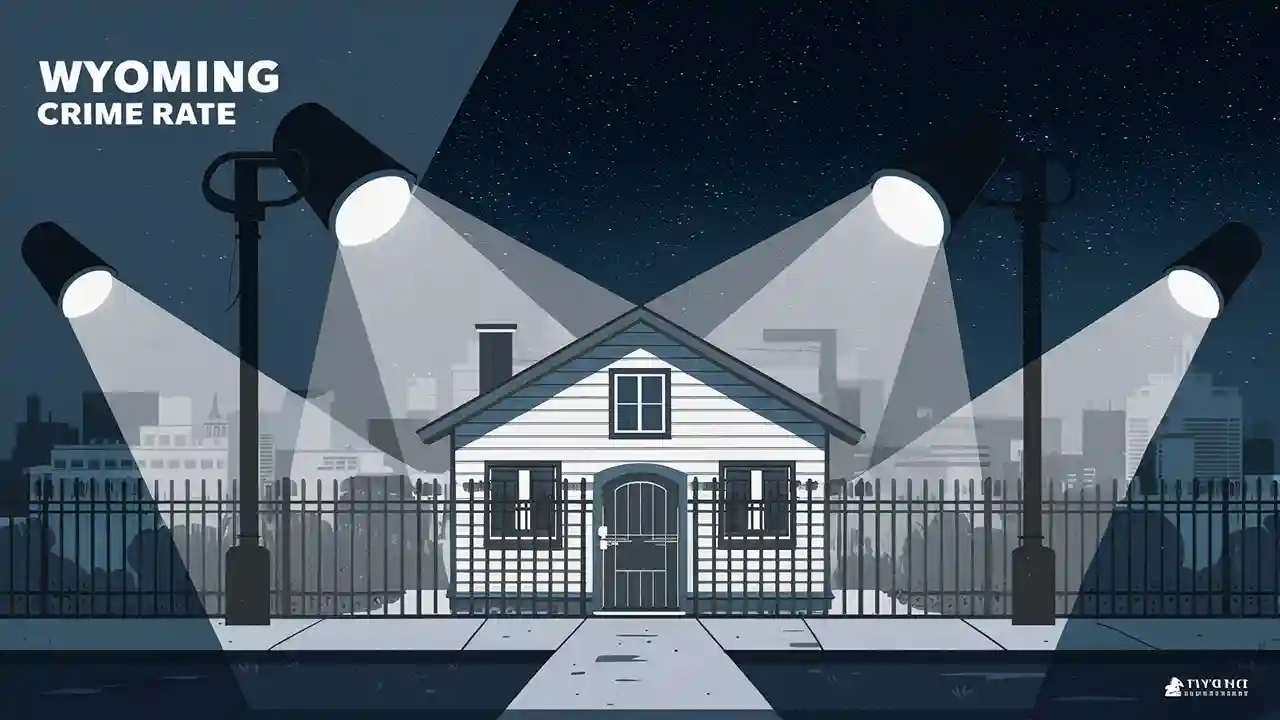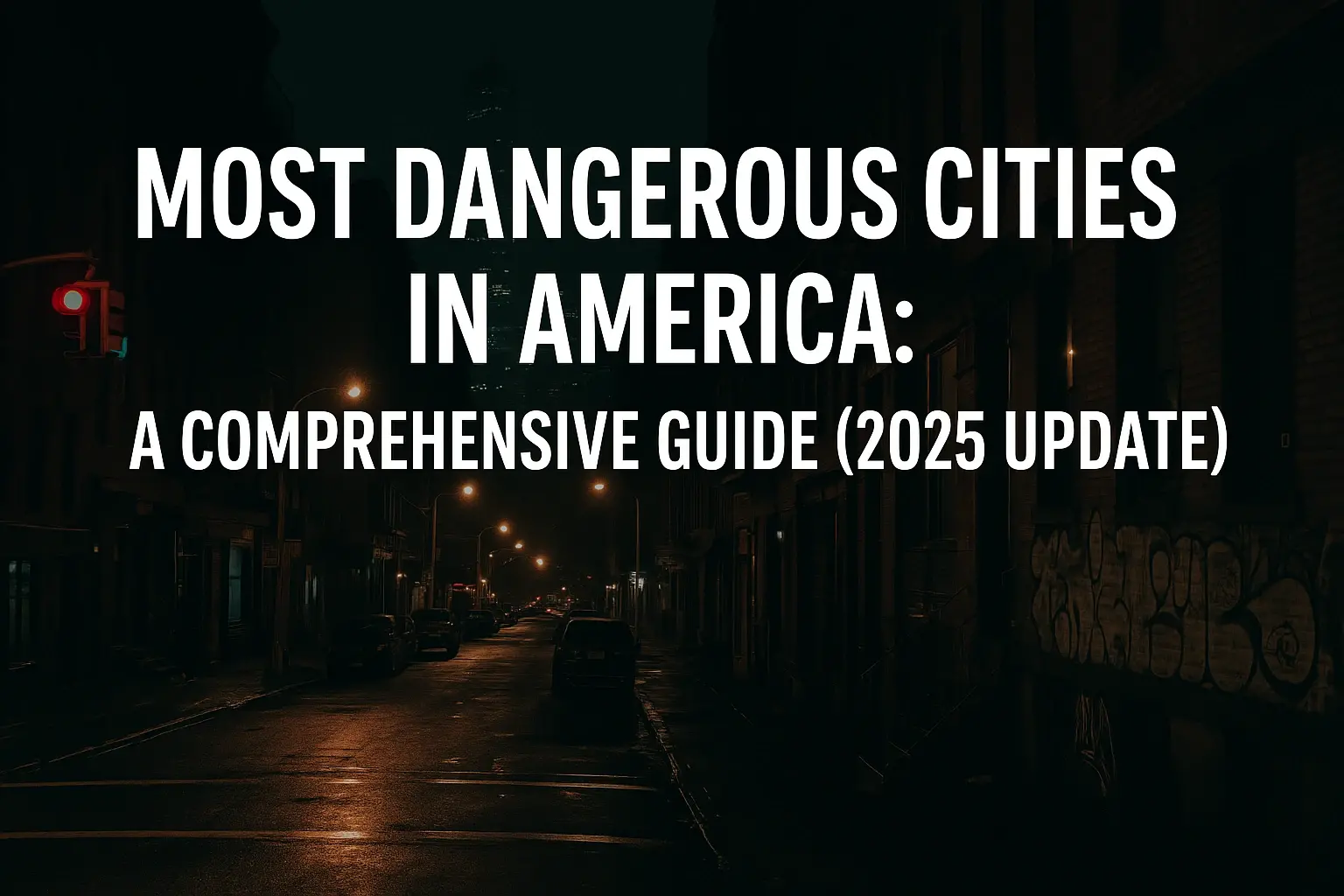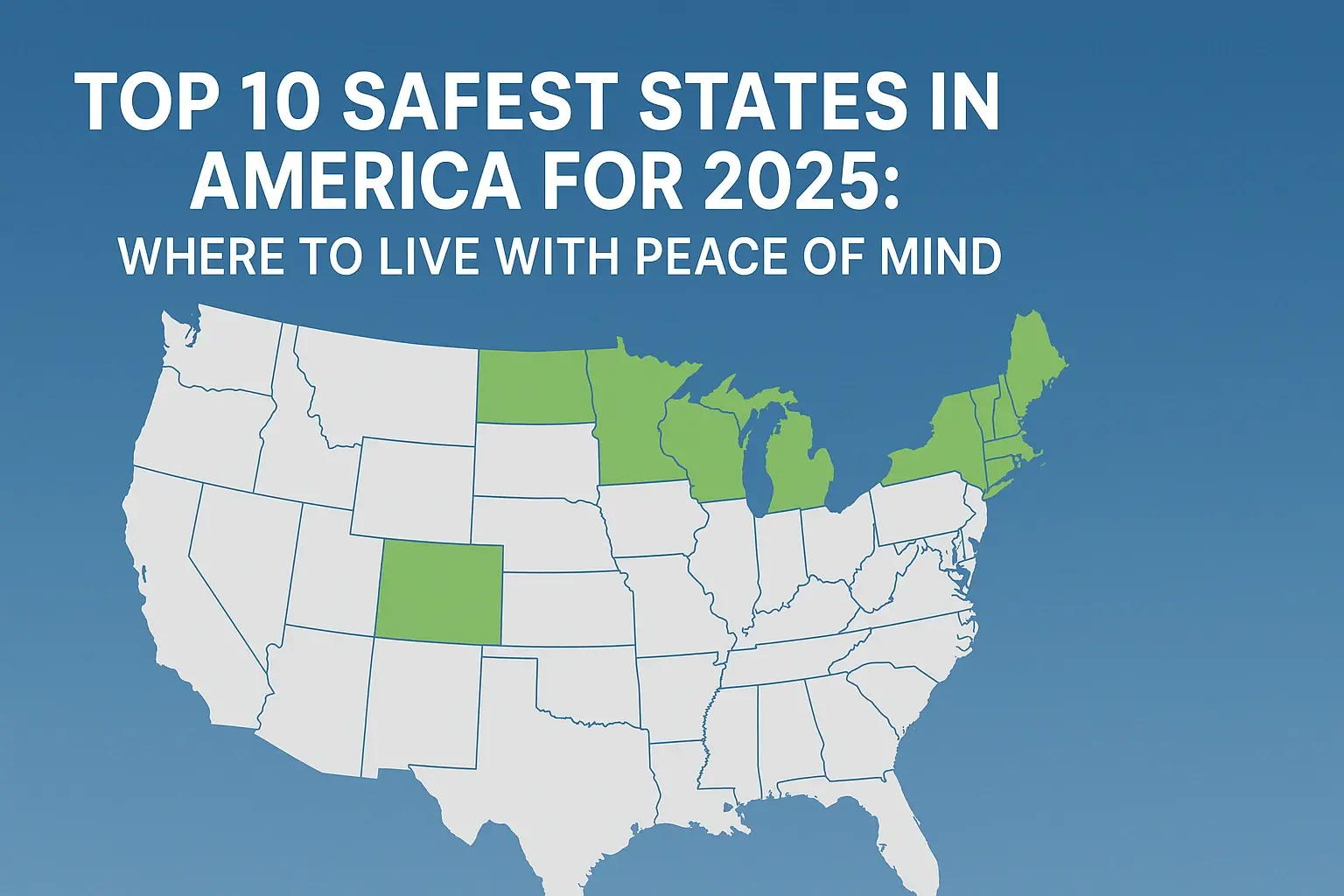
It is noteworthy that Wyoming is usually regarded as a state with a somewhat low crime rate among other states in the union. The Cowboy State offers large areas across the regions and a low population density that permits a slow-paced, agricultural way of life. Still, no area is completely free from crime; Wyoming too has a crime rate.
Overall Crime Rate
The crime rate, a function of the UCR program from the FBI in Wyoming is among US crimes as well by 2020 with the state's fourth overall lowest. But Wyoming does fairly well overall, ranking fourth after only Maine, New Hampshire, and Vermont for lowest crime in the entire US.
The Wyoming Department of Criminal Administration reports that in 2020 the state had a crime rate of 1,839 occurrences per 100,000 inhabitants. With 2,870 occurrences per 100,000 people, the American average crime rate for 2020 was... Wyoming therefore boasts a crime rate around thirty-six percent below the national crime rate of the United States of America.
Violent Crime in Wyoming
Still, there is violence in Wyoming as well, hence the state is not free from violent crimes even if property offenses are more frequent than others. According to the FBI UCR, Wyoming's violent crime rate projected for 2020 is 212.9 per 100,000 people. Among the many violent crimes, aggravated assault, robbery, rape, and murder were more common than others.
Though usually increasing, violent crime rates in Wyoming significantly fluctuated throughout the last 10 years. Still, between 2010 and 2020 Wyoming's violent crime rate rose 25.8% overall. At the same time in the United States of America, the violent crime rate has dropped by 10.6%. However, Wyoming's high crime rate rise is trending against the direction of the country overall.
Over the last ten years, particularly aggravating assaults in Wyoming and the general violent crime rate throughout the state have been on the increase. This was the situation in Wyoming, where the average rate of aggravated assault rose by 35% throughout the same period, 2010–2020. It reveals a rise in levels of conflict and violence within Wyoming towns.
The rate of property crime in the Equality State
However, property crime in Wyoming has been declining by 4.5% during the 10 years under review. This line of agreement with national averages of declining property crimes all over the nation. With an average of 1,656 per 100,000 whereas the national average is 2,200 per 100,000 Wyoming still has low property crime rates overall.
The four main property crimes in Wyoming were arson, theft, motor vehicle theft, and burglary, the same as in other violent crimes. Property crimes are more common in rural counties than in metropolitan regions of Wyoming. For example, 1,247 per 100k individuals in Laramie County, which has Cheyenne as its capital, alone committed property offenses in 2020. On the other hand, the adjacent Albany County had 2225 property crime events per 100,000 people.
Crime in Wyoming Cities
It was found that, in Wyoming, places with high population densities are known to record higher crime rates than rural areas when it comes to the number of cases. However, several of the cities and towns within the state have shown to record lower crime rates compared to the overall Wyoming rate.
For instance, Cheyenne, Casper, and Laramie bars for property crime rates were slightly above, equal to, and below the overall state rate in 2020. However, such cities also experience more violent crimes than the Wyoming average as mentioned in the following section. The year 2020 saw Laramie experiencing 352 violent crimes per 100 thousand residents. However, in 2018, the island’s overall violent crime rate was 212 per 100k, although Wyoming’s rate was considerably lower.
However, other councils such as Cody, Powell, and Douglas have a lower violent crime rate as compared to the state average. Thus, although overall crime is higher in Wyoming’s cities and even counties, some rural communities have shockingly high crime per capita rates. The fighting of crime and maintaining public safety can therefore only be realized through partnership between police and the public across the state.
Incarceration and Law Enforcement
Today Wyoming's prison population ranks among the top ten in the United States in terms of incarceration per capita. Wyoming has the seventh-highest incarceration rate in the country with 712.53 natives out of 100,000 in prison. That is approximately 600 incarcerated per 100,000 nationally compared to the 850 in Michigan. Most of the inmates are held for drug, property, and violent offenses.
Low population density and relatively limited local investigations are realized in Wyoming where the ratio of law enforcement employees to residents is 20,4 for 10,000 inhabitants. It will also encompass the police forces together with the sheriff’s deputies at the local and county jurisdictions. Compared to this, Arizona and Florida have a police force of more than 40 per 10,000 population to help curb crime. For this reason, even with the fact that Wyoming is populated by fewer, its communities lack enough officers to prevent crimes from taking place.
Future Crime Trends
Thus, the crime rates of Wyoming in the future are still unpredictable and depend mainly on the economic and demographic situations. Clients may turn to property crimes since the population of people is aging, with a higher tendency toward financial and identity fraud crimes especially targeting the elderly. In light of this, it is expected that the future rates of property crimes will continue to rise if the economic crisis persists especially in rural regions.
Wyoming would witness the population and economic growth rates coming back. There is evidence that shows population growth particularly in the working population group may be attributed to violent crime rates. Thus, it is also important to note that the new opportunities may also serve as a way of turning individuals away from committing crimes. Sheriffs and communities in Wyoming have to continue protecting their citizens and fighting crime while at the same time encouraging its residents.






